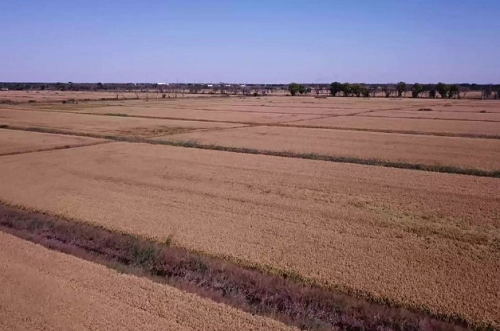Over the past ten years, Dongli has launched a series of preferential policies to support farmers in their work, as well as strengthen local agriculture.
Yang Mingxing, a farmer in Cangzhou, Hebei province, has witnessed the changes of growing grain in Dongli in the past ten years. Yang said: "Last year, the average yield of grain per mu was from 1,050 kg to 1,100 kg, while this year, the average yield is between 1,200 kg to 1,300 kg. An increase of 100 to 200 kg per mu indicates an increase of 100,000 ($14052.87) to 200,000 yuan in net income.”

The farmlands in Dongli [Photo/ tjdl.net]
Since 2015, Dongli district has continuously treated degraded farmland, river channels and ditches, and improved farmland soil. It has built three high standard farmland areas: Junliangcheng, Huaming and Jinzhong, and promoted the effective conservation of land, making every inch of farmland in Dongli fertile arousing farmers' enthusiasm for farming.
What makes farmers excited is not only the rise in income, but also the government's support policies in encouraging farmers to cultivate better fields. In the past 10 years, the government's various grain subsidies have continued to increase. Taking agricultural machinery subsidies as an example, from 2012 to 2021, the accumulated financial subsidies reached to 7 million yuan, which has greatly encouraged farmers' enthusiasm for farming and helped consolidate the basis of grain production in Dongli district.
In the past ten years, Dongli has reversed the continuous decline of its grain planting area. The area of cultivating rice has increased from less than 200 mu 10 years ago to 12,000 mu, and wheat planting has grown to 17,000 mu. With the recovery and growth of farmland areas, Dongli has also got rid of traditional farming methods. The farming of four major grain crops, corn, wheat, rice, sorghum, have almost fully realized mechanization. The Internet of Things, big data and other digital technologies have also been applied to the field of grain production, which has greatly improved the level of grain productivity and large-scale planting and operation.





